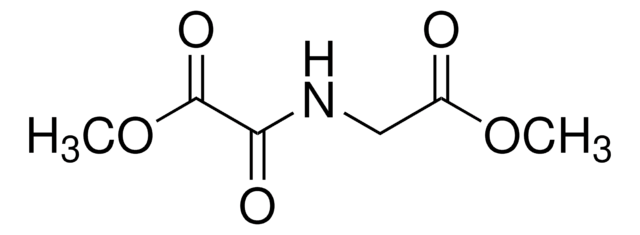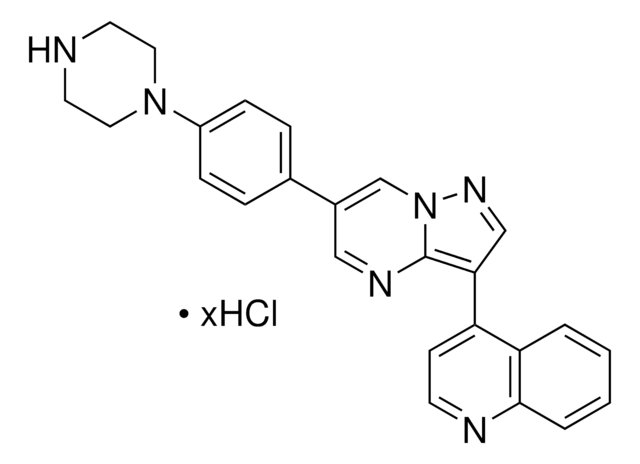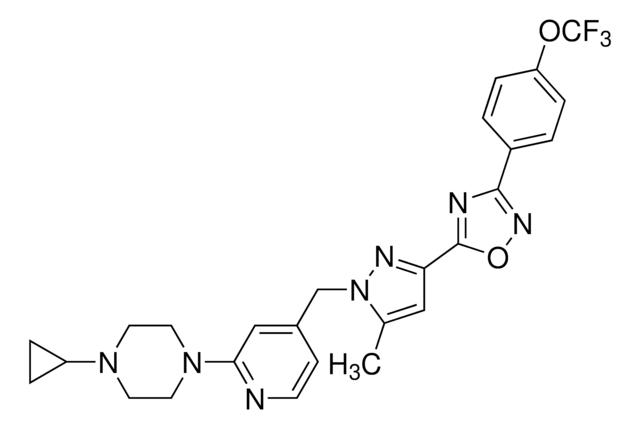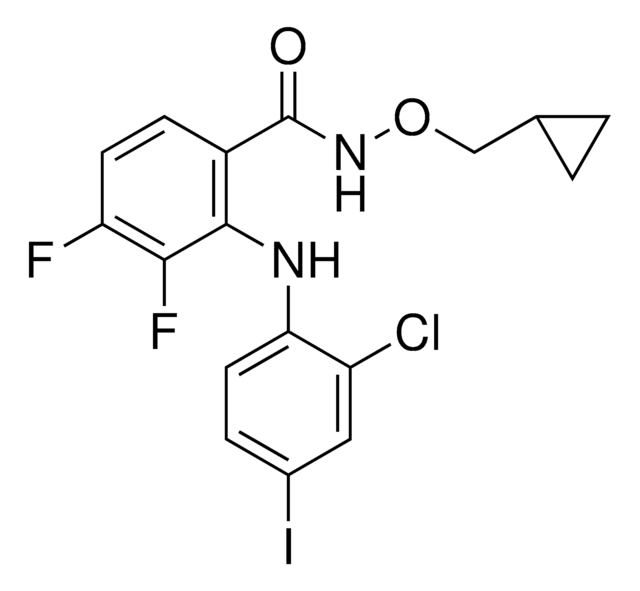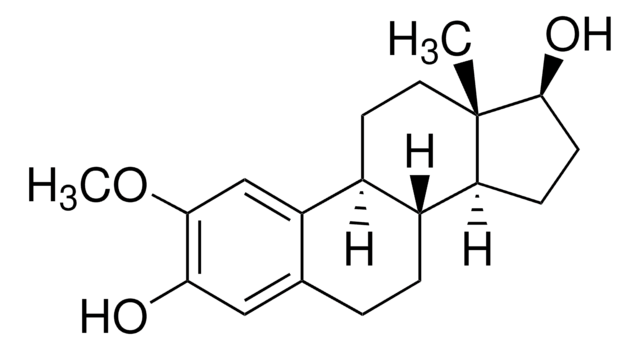Y102
YC-1
powder
Synonym(s):
3-(5′-Hydroxymethyl-2′-furyl)-1-benzyl indazole
Sign Into View Organizational & Contract Pricing
All Photos(1)
About This Item
Empirical Formula (Hill Notation):
C19H16N2O2
CAS Number:
Molecular Weight:
304.34
MDL number:
UNSPSC Code:
41106305
PubChem Substance ID:
NACRES:
NA.77
Recommended Products
form
powder
Quality Level
color
white to yellow
solubility
DMSO: 10 mg/mL
H2O: insoluble
SMILES string
OCc1ccc(o1)-c2nn(Cc3ccccc3)c4ccccc24
InChI
1S/C19H16N2O2/c22-13-15-10-11-18(23-15)19-16-8-4-5-9-17(16)21(20-19)12-14-6-2-1-3-7-14/h1-11,22H,12-13H2
InChI key
OQQVFCKUDYMWGV-UHFFFAOYSA-N
Gene Information
human ... PDE5A(8654)
Application
YC-1 has been used as a hypoxia-inducible factor 1α (HIF-1α) inhibitor:
- to reduce hypoxia induced Jagged1 expression in cardiomyocytes (CMs)
- to study its effect on progenitor expansion and CD34+ and side population (SP) cell phenotype and on the proliferation rate of cells with an ability to form long term colony forming units
- to study its effect on regulating sphingosine 1-phosphate (S1P) bound to albumin induced plasminogen activator inhibitor 1 (PAI-1) expression by activating Rho/ Rho-associated protein kinase (ROCK) pathway.
Biochem/physiol Actions
NO (nitric oxide)-independent activator of soluble guanylyl cyclase.
YC-1 activates soluble guanylyl cyclase and prevents platelet aggregation and vascular contraction. It has a potential to treat circulation disorders. YC-1 also has an ability to inhibit hypoxia-inducible factor 1α (HIF-1α) activity in vitro. It acts as a potential antiangiogenic anticancer agent.
Features and Benefits
This compound is a featured product for Cyclic Nucleotide research. Click here to discover more featured Cyclic Nucleotide products. Learn more about bioactive small molecules for other areas of research at sigma.com/discover-bsm.
Storage Class Code
11 - Combustible Solids
WGK
WGK 3
Flash Point(F)
Not applicable
Flash Point(C)
Not applicable
Personal Protective Equipment
dust mask type N95 (US), Eyeshields, Gloves
Choose from one of the most recent versions:
Already Own This Product?
Find documentation for the products that you have recently purchased in the Document Library.
Customers Also Viewed
Luke Gammon et al.
PloS one, 8(4), e62493-e62493 (2013-05-03)
The glycolytic response of hypoxic cells is primarily mediated by the hypoxia inducible factor alpha (HIF-1α) but even in the presence of abundant oxygen tumours typically show high rates of glycolysis. Higher levels of HIF-1α in tumours are associated with
Jian Kong et al.
PloS one, 7(5), e37266-e37266 (2012-05-23)
The mechanism of rapid growth of the residual tumor after radiofrequency (RF) ablation is poorly understood. In this study, we investigated the effect of hyperthermia on HepG2 cells and generated a subline with enhanced viability and dys-regulated angiogenesis in vivo
Kota Wakiyama et al.
Scientific reports, 7(1), 12653-12653 (2017-10-06)
This study aimed to establish a therapeutic strategy targeting hypoxic cancer cells in gastric carcinoma (GC). YC-1 is a HIF-1α inhibitor, and we revealed that low-dose YC-1 (10 µM) suppressed HIF-1α expression, and induced hypoxia-dependent apoptosis in the GC cell line
Zong-Tao Chai et al.
PloS one, 8(10), e77957-e77957 (2013-11-07)
microRNAs (miRNAs) have been reported to regulate angiogenesis by down-regulating the expression of pro-angiogenic or anti-angiogenic factors. The aims of this study were to investigate whether miR-26a inhibited angiogenesis by down-regulating vascular endothelial growth factor A (VEGFA) and its clinical
YC-1: a potential anticancer drug targeting hypoxia-inducible factor 1
Yeo EJ, et al.
Journal of the National Cancer Institute, 95(7), 516-525 (2003)
Our team of scientists has experience in all areas of research including Life Science, Material Science, Chemical Synthesis, Chromatography, Analytical and many others.
Contact Technical Service
